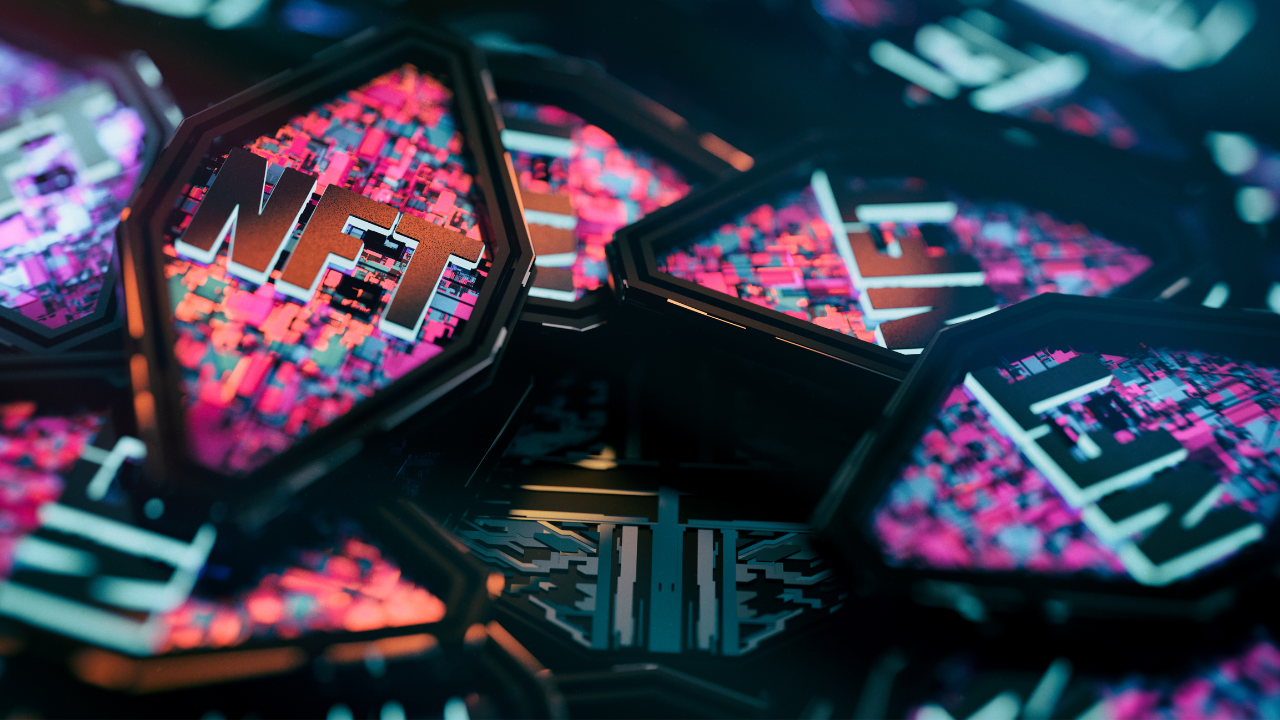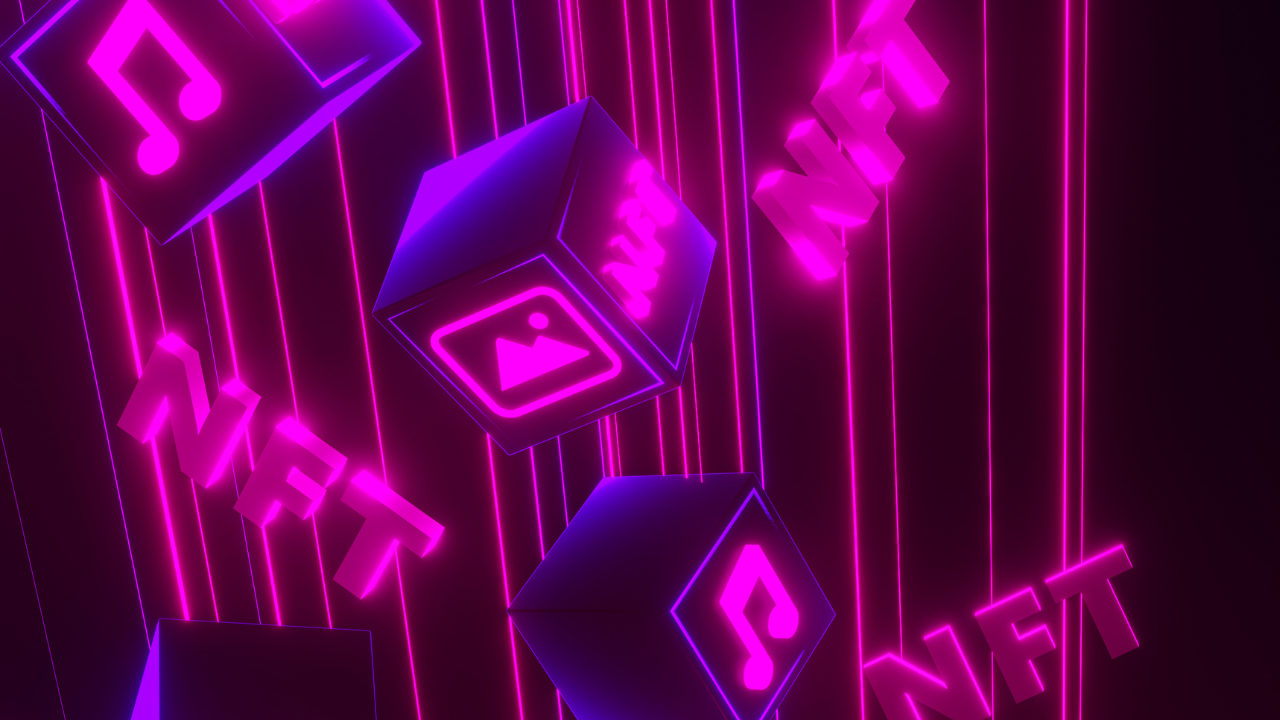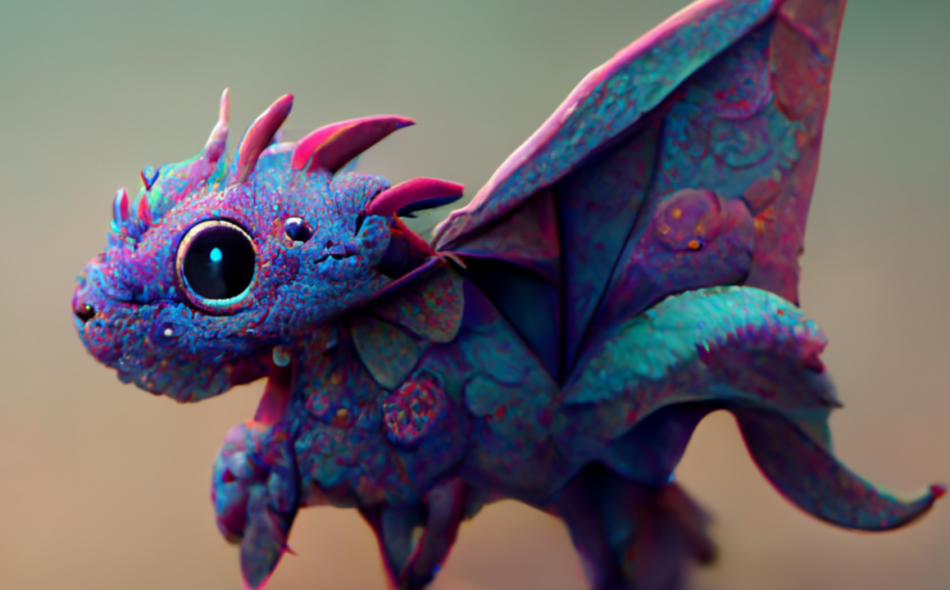When considering how to sell an NFT, it’s essential to understand what it is. Non-Fungible Tokens, popularly known as NFTs, are irreplaceable units of digital data stored on a blockchain. They can be traded and sold typically through cryptocurrencies like Bitcoin, Ethereum, and Dogecoin.
These digital tokens manifest in various forms, including music, videos, digital baseball cards, in-game items, and virtual artwork.
Each NFT boasts a unique digital signature that validates its authenticity and originality, preventing it from being exchanged and ensuring the owner’s proof of genuine ownership.
With NFTs revolutionizing the digital marketing world through auctions, it’s projected that global NFT sales might soar to an impressive $80 billion by 2025.
Qualities and attributes of NFTs:
- Non-replaceable units of digital data.
- Stored on a blockchain.
- Can be sold and traded using cryptocurrencies.
- Forms: music, video, baseball cards, in-game items, virtual art.
- Unique digital signature.
- Prove ownership.
- Original limited editions of artwork.
Exactly How to Sell NFT
The buzz surrounding NFTs has inspired several people to turn their art forms into these digital tokens and create an NFT. If you’re really talented digital creative, you can also make some money by selling NFT’s. By selling NFTs you can also use it to create brand awareness and increase customer engagement by joining the bandwagon called NFTs. Below are some steps to follow in order to sell NFTs:
- Learn about NFTs.
- Purchase cryptocurrency.
- Compare NFT platforms.
- Create a digital wallet.
- Create or buy an NFT.
- Upload your NFT art.
- Create an auction.
- Pay the listing fee.
- Promote your content.
1. Learn Everything You Can About NFT’s
How to make money with NFT is easy, but to truly make money with NFTs, it’s not just about creating or trading them, but having a deep understanding of their value and significance in the digital realm.
Those who thrive in the NFT market are not just artists but are also well-versed in the technological and economic aspects of blockchain.
Understanding the historical significance of certain NFTs, being aware of market trends, and predicting future demands can be the difference between a profitable endeavor and a futile one.
Furthermore, grasp the intricacies of blockchain, smart contracts, and the environmental concerns surrounding NFT minting to engage in meaningful conversations and make informed decisions.

2. Purchase Cryptocurrency
Stepping into the NFT market means becoming familiar with the world of cryptocurrencies. The currency of the digital realm, cryptocurrencies like Ethereum, Bitcoin, and Dogecoin have become more than just investment assets; they are essential tools for NFT transactions.
Beyond merely buying them, it’s crucial to understand the dynamics of crypto markets, their price fluctuations, and their security implications. It’s also advisable to diversify and not rely on a single type of cryptocurrency, as different NFT platforms might prefer different currencies.
Understanding the mechanics of crypto exchanges and being vigilant about potential fees can save beginners from unexpected costs.
3. Compare NFT Platforms
Not all NFT platforms are the same, some let you mint your free cryptocurrency while other marketplaces offer a large NFT marketplace for trading. Some popular NFT platforms include OpenSea, Rarible, Axie Marketplace are NBA Top Shot Marketplace.
When exploring the world of NFTs, it’s essential to choose the right platform for your needs. Below is a comparison table that breaks down the features and fees of some popular NFT platforms.
| NFT Platform | Features | Fees |
|---|---|---|
| OpenSea | – Largest NFT marketplace – Supports various forms of art |
2.5% transaction fee for sellers + gas fees for Ethereum transactions |
| Rarible | – Community-owned platform – Supports minting of NFTs |
2.5% for both buyers and sellers + possible creator royalties |
| Axie Marketplace | – Specializes in Axie Infinity NFTs | 4.25% fee on sales + Ethereum gas fees |
| NBA Top Shot | – Specializes in NBA moments as NFTs | Around 5% (varies based on transaction) |

4. Create a Digital Wallet
A digital wallet is more than just a virtual bank account for your cryptocurrencies; it’s your personal gateway to the expansive NFT universe. Ensuring the security of this wallet is paramount, as it holds your digital assets and facilitates all your NFT transactions.
While it’s essential to choose a wallet compatible with your chosen NFT marketplace, it’s equally vital to research the wallet’s reputation, security features, and user reviews.
Keep in mind that while wallets facilitate your trades, they can also be targets for cyber threats, so regular updates and security checks are crucial.
5. Create or Buy Your NFT
Stepping into the NFT world, one is met with limitless opportunities. Whether you’re an artist, a collector, or an investor, the choice between creating your NFT or purchasing existing ones depends on your goals and expertise.
For creators, it’s about expressing and monetizing their art, but it’s essential to ensure the originality and uniqueness of their creations. On the other hand, buyers should conduct thorough research to determine an NFT’s potential value.
Some NFTs appreciate over time, while others may be more volatile. The key is to stay updated, network with other enthusiasts, and always be on the lookout for the next big thing in the NFT space.
6. Upload Your NFT Art File
Stepping into the NFT marketplace entails not just converting but showcasing your digital art to a global audience. Platforms like Ethereum blockchain, OpenSea, Rarible, or Axie Marketplace are among the top destinations where artists and creators present their masterpieces.
Each platform may have different requirements or templates, so it’s vital to familiarize oneself with the specific nuances. Engage with fellow artists, gather feedback, and ensure that your uploaded file truly represents your artistic intent.
7. Create an Auction on Your Chosen NFT Marketplace
Choosing a marketplace is only the beginning. To effectively sell your NFT art, setting up an auction is a strategic step. But this isn’t merely about listing; it’s about detailing the value proposition of your art.
From setting the right price, timed auctions, to specifying the accepted cryptocurrencies, every detail can influence potential buyers.
While the NFT marketplace plays a pivotal role in streamlining the process, remember that each platform may have its commission rates, which should be considered while pricing your NFT.

8. Pay the Listing Fee
Listing fees, commonly known as ‘gas’, are pivotal in the NFT space. These fees are the lifeblood for blockchain miners, especially on platforms like Ethereum. Miners, the unsung heroes of the blockchain universe, verify the transactions, ensuring the network’s integrity.
Depending on the transaction’s complexity, the required gas might vary. While the concept of gas remains consistent, understanding its dynamics, keeping an eye on fluctuating rates, and being aware of high-demand periods can save you from unexpected costs.
How Much Does it Cost to Sell an NFT?
Costs in the blockchain world are as dynamic as the technology itself. While blockchain transaction fees may have a standard rate, factors like network demand can cause these rates to skyrocket at times.
Additionally, the volatile nature of cryptocurrencies can influence the actual dollar value of these fees. Aspiring NFT sellers should remain updated, monitor trends, and anticipate that minting prices can oscillate significantly, sometimes ranging between as low as $1 to soaring highs of $500 or more.
9. Promote Your Content
Success in the NFT marketplace isn’t solely about creation but effective promotion. As you diversify and enhance your NFT portfolio, the essence of marketing becomes crucial.
Your artwork, no matter how stellar, needs visibility. Embracing platforms like Facebook, Twitter, and Instagram, connecting with enthusiasts, participating in online communities, and showcasing your journey can drastically enhance your reach.
Remember, in the digital art world, engagement can be as valuable as the art itself.

Can you buy and sell NFT’s?
Absolutely! NFTs, or non-fungible tokens, have surged in popularity within the cryptocurrency domain. Essentially, they represent ownership or proof of authenticity of a unique item using blockchain technology.
This means that artists, creators, and collectors can tokenize their digital art, music, videos, and a plethora of other digital assets. Once tokenized, these NFTs can be bought, sold, and traded on various online marketplaces tailored for such transactions.
As the world becomes increasingly digital, the allure and utility of NFTs continue to grow, offering both artists and investors a new horizon of opportunities.
Is it easy to sell on NFT marketplaces?
There are a number of NFT marketplaces where selling NFTs is possible. These include OpenSea, Rarible, Axie Marketplace are NBA Top Shot Marketplace.
Do you have any legal rights to an NFT once it sells?
Navigating the legal waters of NFTs can be complex. Generally, when you buy an NFT, you’re purchasing a “license” to that unique digital item. This means that the buyer has the right to “own” that specific digital copy, but it doesn’t necessarily transfer copyright or other intellectual property rights.
The original creator typically retains copyright, which means they have the right to produce and sell more works based on the original. However, the specifics can vary based on the terms set by the creator or the platform on which the NFT is sold.
As the NFT market is still relatively new, many legalities are evolving. It’s crucial for buyers and sellers to be informed, and if possible, consult with legal professionals familiar with digital assets and intellectual property to understand their rights thoroughly.
ALSO READ:
NFT NEWS:
Image: Depositphotos
This article, “How to Sell an NFT” was first published on Small Business Trends
